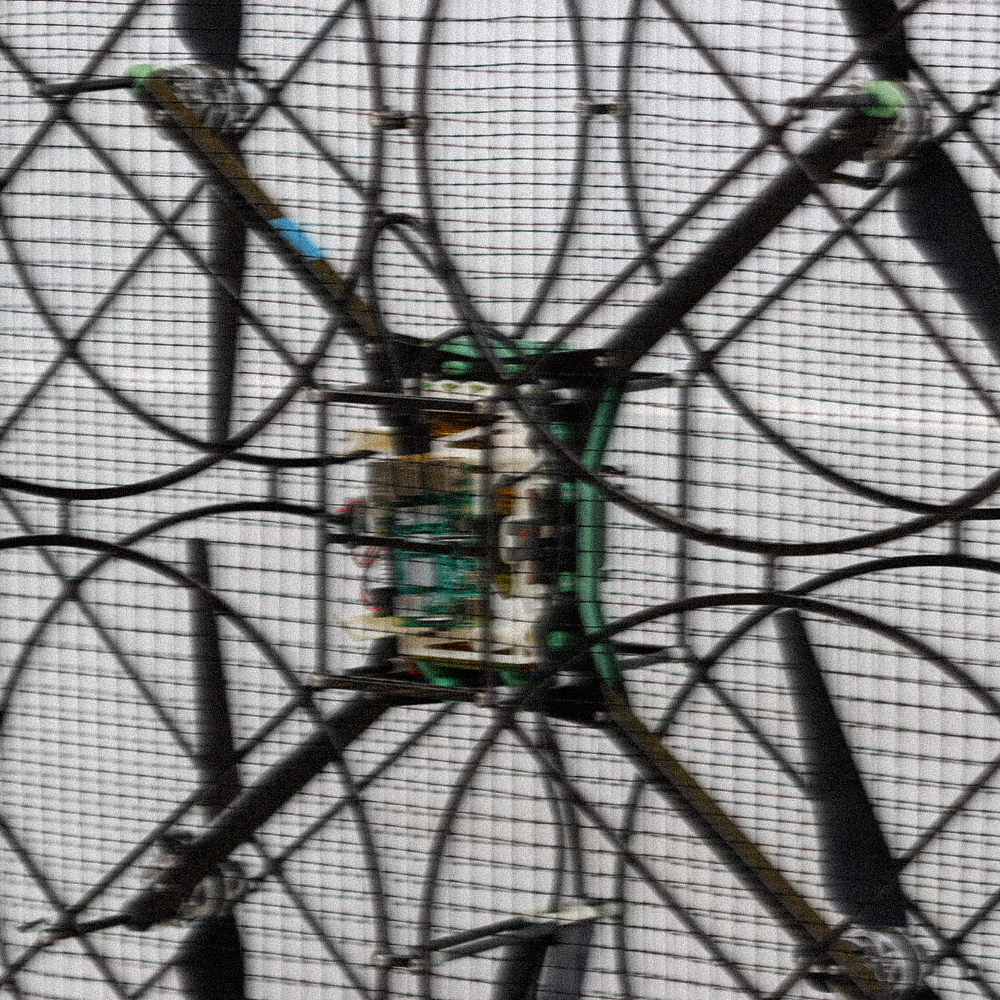Building Left of the Boom: Sustaining our Industrial Renaissance into Resilience

National security: safeguarding a nation’s people, economy, and institutions against threats to ensure stability, sovereignty, and resilience.
National security has been an underlying driver for all societies to build the capacity for resilience amidst increasing volatility in the world. Historically, national security has been the catalyst of entirely new industries to emerge. Government defense budgets have provided patient funding, testing infrastructure, and early offtake agreements that made technologies like GPS, drones, and advanced materials commercially viable. These investments didn’t just serve defense, they seeded the world’s critical technologies, accelerating energy transition, advanced mobility, and modern communications.
However, recent events have exposed the gaps in security across every geography, some existential: energy systems failing under stress, supply chains fracturing in crisis, hackers installing killswitches in critical infrastructure, and a widespread atrophy across domestic manufacturing capabilities globally. Since WWII, industrial capacity has faded or fragmented and national security efforts have consolidated into large defense primes. Much of the talent, funding and infrastructure have become locked into closed systems that became slow to adapt and difficult for new entrants to access. Innovation has stalled - not for lack of ideas - but because we created artificial barriers that prevented big ideas from moving from concept to reality.
In recent years, there has been an attempt to jumpstart national security innovation again with more SBIR/STTR funding, increased usage of faster, flexible government contracting mechanisms like OTAs, hundreds of new defense innovation hubs and programs, and unprecedented levels of venture investment flowing into defense-tech. Despite all of this, the same barriers remain. These tools are not enough. Pilot projects are still not moving past the pilot phase. Novel systems still wait at the front door of test ranges. Prototypes still don’t make it to commercial-scale production levels. Unfortunately, only a small fraction of the billions of dollars in U.S. federal investment in defense research results in commercialized technologies – much dies in the land of innovation theatre. As a result, we are bound to repeat the same failures of decades past but at a much higher cost.
Following President Trump’s initial executive orders on drones, the federal government issued more powerful signals about the urgency of scaling drone production just last week. The Pentagon’s Unleashing U.S. Military Drone Dominance memo calls for “delegating authorities to procure and operate drones from the bureaucracy to our warfighters” and rolling back red tape to invest in “hundreds of American products” to increase domestic drone production.
Earlier today, Governor Whitmer issued Executive Directive 2025-4 at Reindustrialize 2025, creating the Michigan Emerging Aviation Initiative, a whole-of-government strategy to accelerate the production of drones by leveraging the state’s manufacturing core, engineering expertise, and statewide infrastructure including coordinated action to expand access to Michigan’s defense assets for testing and deployment of drones for national security and commercial applications.
These state and federal demand signals will accelerate investment, but hard questions remain on how we can realistically meet the demand with our current infrastructure and toolkits while avoiding innovation theatre. How can we ensure our infrastructure, systems and partnerships outlive political sentiment, temporary urgency and government offtake?
As excitement and investment in defense-driven technologies surge, we must rethink and rebuild our industrial systems and tools. We need to:
- Modernize our public-private partnership models that prioritize outcomes over politics
- Provide access to low-cost and shared infrastructure for prototyping, testing, and advanced manufacturing for demonstrating capability and meeting production demands
- Create friendly policy and compliance pathways that smaller companies can navigate
- Offer patient, blended capital solutions that can buy down risk where venture alone will not.
Newlab’s approach for long term economic resilience over the last decade has been to leverage public-private collaborations to grow and scale high-growth critical technology startups. By unlocking shared infrastructure and blended capital solutions, we help startups to grow and scale faster. Over the last few months, we have intentionally expanded our work to support high-growth startups and companies developing critical technologies that advance national security and crucial dual-use applications. We are committed to translating the demands of national security into economic resilience in our local economies while bolstering our national industrial bases for the long-term.
We don’t pretend to have all the answers yet, but that’s exactly why Newlab is gathering 100+ federal, state, industry, DOD, political, and startup leaders from across the country in Michigan this week for tactical, builder-led feedback about how to activate public and private resources to develop and implement these tools. We are taking intentional action to ensure that these temporary political and venture cycles translate into long-term economic impact in our communities.
Former U.S. Secretary of Defense Ash Carter argued throughout his life and career that technological leadership demands balancing innovation with responsibility to ensure emerging technologies serve the public good. We agree that national security is a shared responsibility and that efforts to advance innovation must be public-minded. So we are deeply honored to take up this work and we invite all who share this purpose to join us.



.webp)